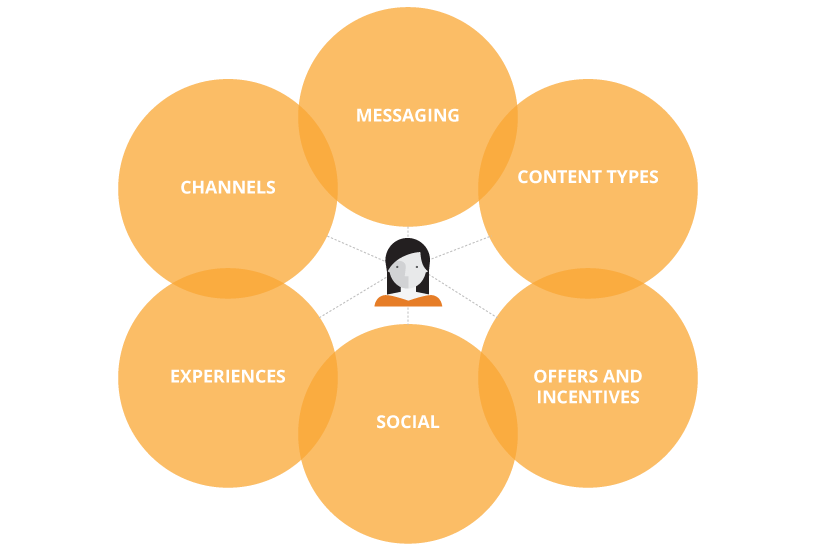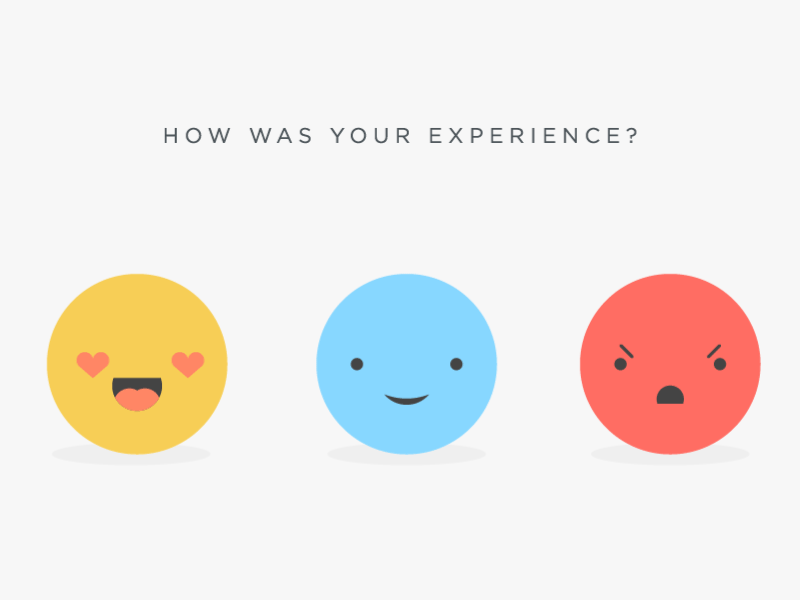We’re not sure if you’ve noticed it or not, but as the world moves from a traditional to a digital landscape, the way customers interact with brands has changed.
There has been a power shift where the customer wields the power, is less and less influenced by display advertising and television commercials, and can use the Internet to research and make informed decisions. This evolution has created a new puzzle for marketers, as what once worked in the old landscape does not in the new one.
One new approach that is rapidly gaining momentum in the quest to cater to the newly empowered customer is Customer-Centric Marketing.
What Does It Mean To Be Customer-Centric?
Customer-centric marketing is an approach designed around a customer’s needs and interests.
Brands engaged in customer-centric marketing prioritize their customers’ needs over everything else. Brands use data-driven techniques to analyze customer behaviors and sentiment to not only offer outstanding customer experiences but also to drive the direction of the growth of their brand.

In order to be a customer-centric company, you need to put the customer first. This strategy needs to be at the core of your business. When customer needs are at the core of your business, you have a powerful opportunity to gain insight, collect that data and use it to further enhance the customer experience.
For instance, you can use your customer data to understand buying behaviors and engagement. Or you can analyze your best customers and discover opportunities to create new products or enhance existing ones. With enough data, you can create a full view of the customer and know exactly how to create a customer-centric experience.
And being customer-centric pays off. According to research done by Deloitte and Touche , customer-centric companies are 60% more profitable compared to companies that were not focused on the customer. That makes this approach definitely worth exploring.
A Great Example Of A Customer-Centric Brand
Before we get into the challenges of being a customer-centric brand and some things you can do to improve your customer-centric marketing strategy, let’s look at a brand that doesn’t just call themselves customer-centric, but is actually walking the walk.
McDonald’s
In 2015, Steve Easterbrook took over as CEO of McDonald’s. The fast-food giant was suffering. They were fighting the evolving tastes of their customers, as well as fierce competition from other fast-food brands such as Chipolte.
Easterbrook had his work cut out for him, but his approach to spearheading a culture of listening to and acting on the feedback of customers was going to catapult McDonald’s into a fully evolved customer-centric brand.
By looking at different ways of capturing customer feedback, including social media and online surveys, McDonald’s began to identify what customers wanted from the restaurant.
For example, it discovered a desire for healthier menu options, as well as the desire for them to stay open later in the evening. They also discovered that customers wanted breakfast items throughout the day, and as a result introduced their “All Day Breakfast” in select US locations.
They used social listening tools to determine levels of interest. Combing through customers’ digital conversations going all the way back to 2008, they were able to use analytical data to prove the demand existed.
They further capitalized on that data, sending personalized tweets to every person that had ever requested all-day breakfast on social media, instilling the customer-centric notion that “if you ask, you might get”.
Amazon “Earth’s Most Customer-Centric Company”
If you need another example of a customer-centric brand, here’s a young Jeff Bezos giving a speech at MIT about the return on investment of creating a customer-centric brand.
The Challenges Of Becoming A Customer-Centric Brand
Turning your brand into a customer-centric powerhouse does not come without its challenges. Winning brands are the ones who treat their customers with respect, with great service, and have built a relationship with them that will endure time.
While these are all qualities every brand strives for, the challenge to becoming truly customer-centric often has to do with the fact that they are unable to share customer information across departments. Being customer-centric doesn’t mean your marketing department is. It means your company as a whole, to its core is across the board customer-centric.
The easiest way to achieve this is to remember it all starts with the customer. If your brand approaches product development from the standpoint of listening to the customer and focusing on what they want to do, you’re designing a brand that intrinsically will look at things from the customer perspective and therefore always be focused on the customer need first.
Three Ways You Can Improve Your Customer-Centric Marketing Efforts
So if we can agree that customer-centric marketing is quite possibly the most important strategy a brand can use to go from being good to great, and we can also agree that there are challenges to becoming a fully customer-centric brand, how can you start the journey?
Here are three commonly overlooked areas that you can start looking into as you begin your customer-centric journey:
1) What Is Your Website User Experience Like?
How hard is your website to use? Does your site flow naturally from page to page? Is it optimized to load quickly and does it look good on mobile devices? What about handling things like account information that your customer may wish to update?
It may seem obvious to you where a customer needs to go to change their shipping address or their credit card information, but it may not be clear to them. If they have to hunt around to figure things out, they’re going to be frustrated.

They may still figure it out eventually and continue to buy from you, but all these little hiccups build up. Eventually, you will experience a situation where you finally gave them one too many frustrations and they will find another company to do business with.
You want a seamless online experience because by delighting your customers consistently, you will turn customers into brand promoters.
2) What Is Your Content Marketing Strategy?
When your prospects and clients experience your brand through relevant, engaging content that actually improves their lives in some meaningful way, they’ll gain a more positive association with your brand. Over enough time and content, they’ll start to think of you as the thought leader in your market space.
Blogs, infographics, podcasts, and videos can all achieve this effect when the focus is on producing quality content. In other words, don’t disguise sales materials as content. Truly engage and educate your customer base.
With brands that are most successful in content marketing, the brand is always in the background, while the focus is on engaging topics that relate to the company’s mission/customer’s needs.
3) How Is Your Customer Support?
Customer support may not be the most glamorous part of your brand’s offerings, but the truth of the matter is it’s the most important. If your support is only decent, it will leave a horrible impression with your customers.

The result becomes instead of delighting a customer and building a brand promoter, you’ve now created a detractor. Fortunately, there are a few key things you can do to improve that experience.
While it may not be possible for all brands, depending on size, whenever possible, make your support available to everyone at all times. So whether your customers are in Australia or the United States, make sure there are regular hours available to them in their timezone.
Additionally, give your customers options on how to contact you. What’s good for one customer is not good for all customers. Therefore, having phone, email, online chat and social media channels available allows your customers to interact with your support staff in the way that makes them most comfortable.
What is One-To-One Marketing? Definition, Examples, and More
Lastly, try to always have a range of support specialists that are available at all times. This will make it so niche requests don’t require a “we’ll have to get back to you” reply to your customers.
Having to wait frustrates customers. But, if you have somebody always available that can deal with a billing issue, for instance, the fact that you are able to quickly solve a particular customer request right away will go a long way to building a positive feeling with your customer.
In the end, a customer-centric approach to marketing is all about a common-sense approach, with solid data about customer behavior. It’s as simple as that. Test your assumptions using long-term metrics from the data you gather and work to provide real value every time a prospect or customer interacts with your brand.
What are your thoughts about using a Customer-Centric approach?
Are you doing what you can to enhance the user buying experience? Have you been testing new methods that excite and retain customers? If so, we’d like to know more and find a way for us, here at Vedia, to help you use video to create a memorable brand experience. Reach out in the comments below.


2 Comments
Pingback: The Best Methods for a Video Promotion Strategy | Raw Shorts Blog
Pingback: Las Mejores Tácticas Para Impulsar Su Estrategia de Promoción de Video